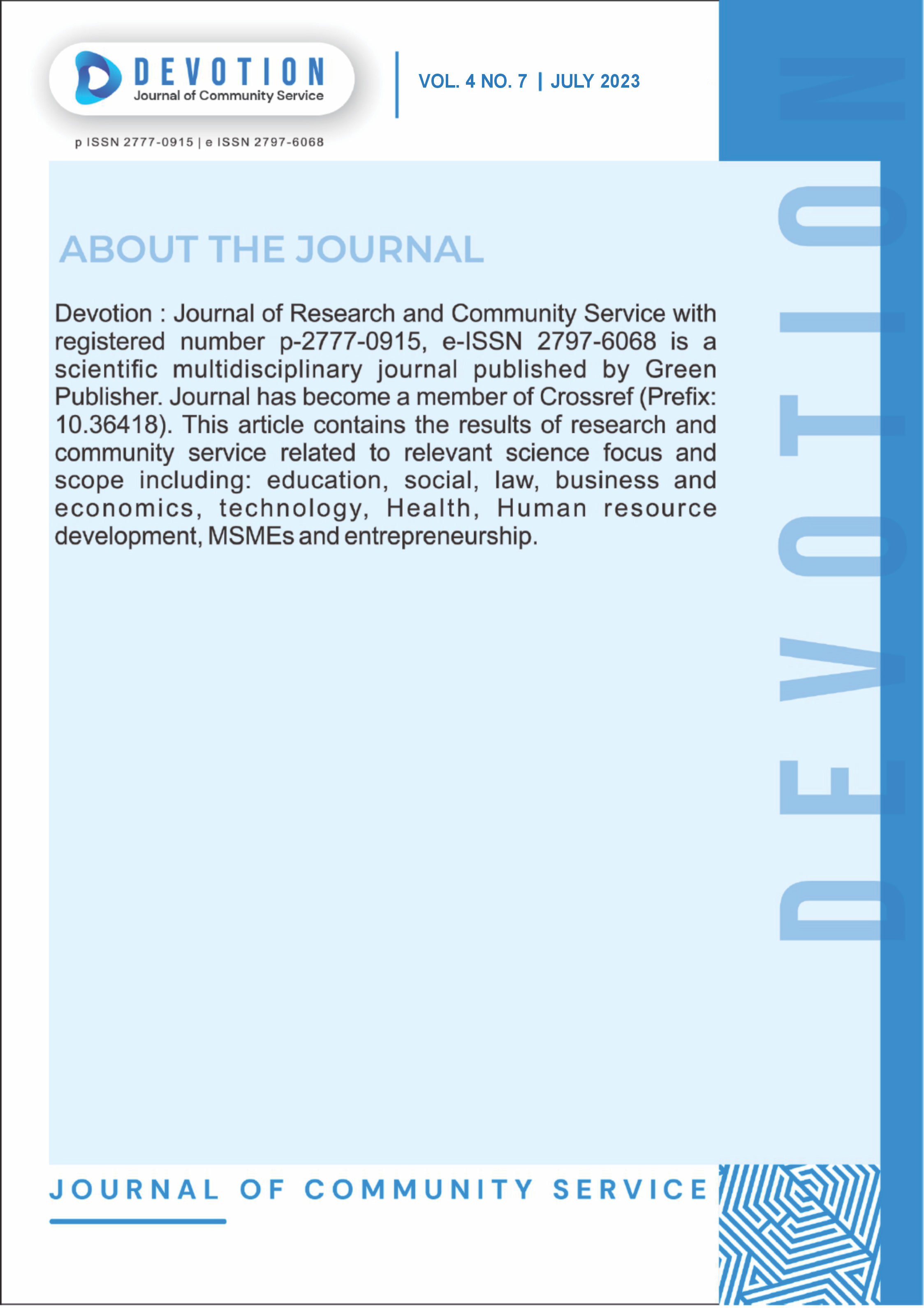Building Competitive Advantage Through Strategy Map and Balanced Scorecard in Improving Company Performance
DOI:
https://doi.org/10.59188/devotion.v4i7.520Keywords:
balanced scorecard (BSC); strategy; competitivenessAbstract
The purpose of this research is to identify strategy maps for PT. TA company based on the problems faced by the company, to identify the right balanced scorecard design for PT. TA, to find out the best competitive strategy that can be used by PT. TA to be able to compete with other heavy equipment rental companies in Central Java. The research approach used is a qualitative research method. The results show PT. TA faces problems of dependence on a single product, low production efficiency, and high production costs. To overcome this, they can implement several strategies. First, they can open new markets or explore markets that have not been optimally exploited through a map strategy. In addition, they can also develop new products or product variations of existing products, as well as product diversification. In addition, companies need to improve production processes, increase the efficiency of resource use, improve product quality, and improve production technology in order to reduce high production costs and increase production efficiency. By implementing these strategies, PT. TA can increase competitiveness and ensure the continuity of the company's business in the long term. PT. TA can adopt a Balanced Scorecard (BSC) design to continuously monitor strategy implementation. By using BSC, companies can ensure that all important aspects of business are well integrated in the company's strategy. Business goals can be achieved in a directed and measurable manner through the implementation of the BSC.
Published
Issue
Section
License
Copyright (c) 2023 Arstianti Dienar Priliska, Maulida Kurniadewi, Fadiah Shabrina Winarno

This work is licensed under a Creative Commons Attribution-ShareAlike 4.0 International License.
Authors who publish with this journal agree to the following terms:
- Authors retain copyright and grant the journal right of first publication with the work simultaneously licensed under a Creative Commons Attribution-ShareAlike 4.0 International. that allows others to share the work with an acknowledgement of the work's authorship and initial publication in this journal.
- Authors are able to enter into separate, additional contractual arrangements for the non-exclusive distribution of the journal's published version of the work (e.g., post it to an institutional repository or publish it in a book), with an acknowledgement of its initial publication in this journal.
- Authors are permitted and encouraged to post their work online (e.g., in institutional repositories or on their website) prior to and during the submission process, as it can lead to productive exchanges, as well as earlier and greater citation of published work.













